Castles, Convents & Palaces: A 10-Day Journey Through Spain's Historic Paradors
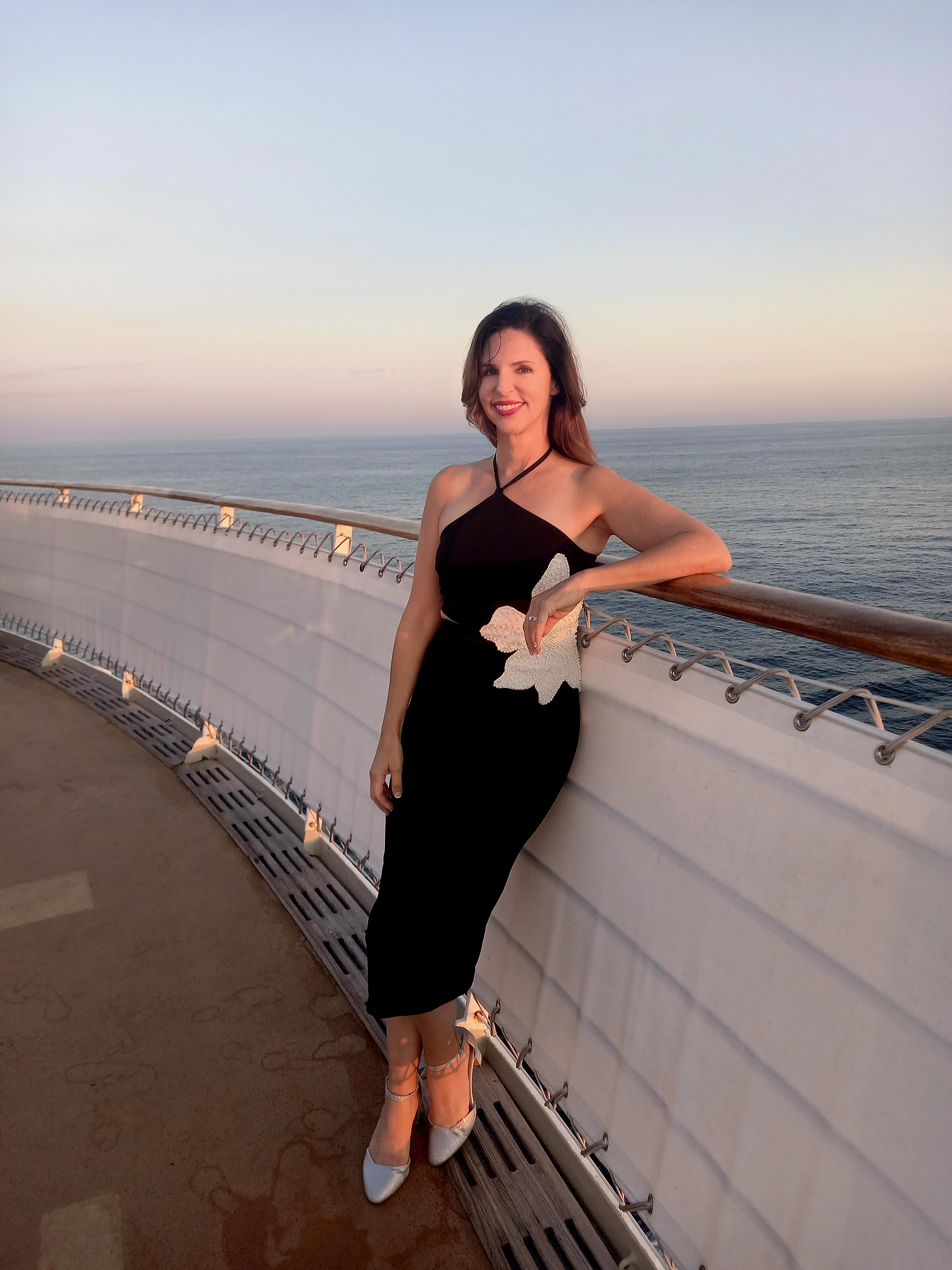
Curated By
Jane Hermstedt

Curator’s statement
This Parador itinerary is a journey through the soul of Spain, where each stay is a living museum and every landscape tells a story. From a medieval castle in Sigüenza to the golden skyline of Toledo, the route culminates at the Parador de Santiago de Compostela, founded in 1499 and considered the oldest operating hotel in the world. It’s not just about where you go, but how deeply you experience it. This is slow travel at its most meaningful — rooted in place, culture, and timeless beauty.
The Fora Difference
Book with Jane to access exclusive perks and experiences on your trip.
Killer perks
Free upgrades, spa credits and more—we got you
Personalized recs
Customized travel planning for your style
Insider knowledge
Expert advice from people who’ve actually been there
Where to stay
Unlock perks by contacting Jane to book your trip.
Day 1: Arrival in Madrid and transfer to Parador de Sigüenza
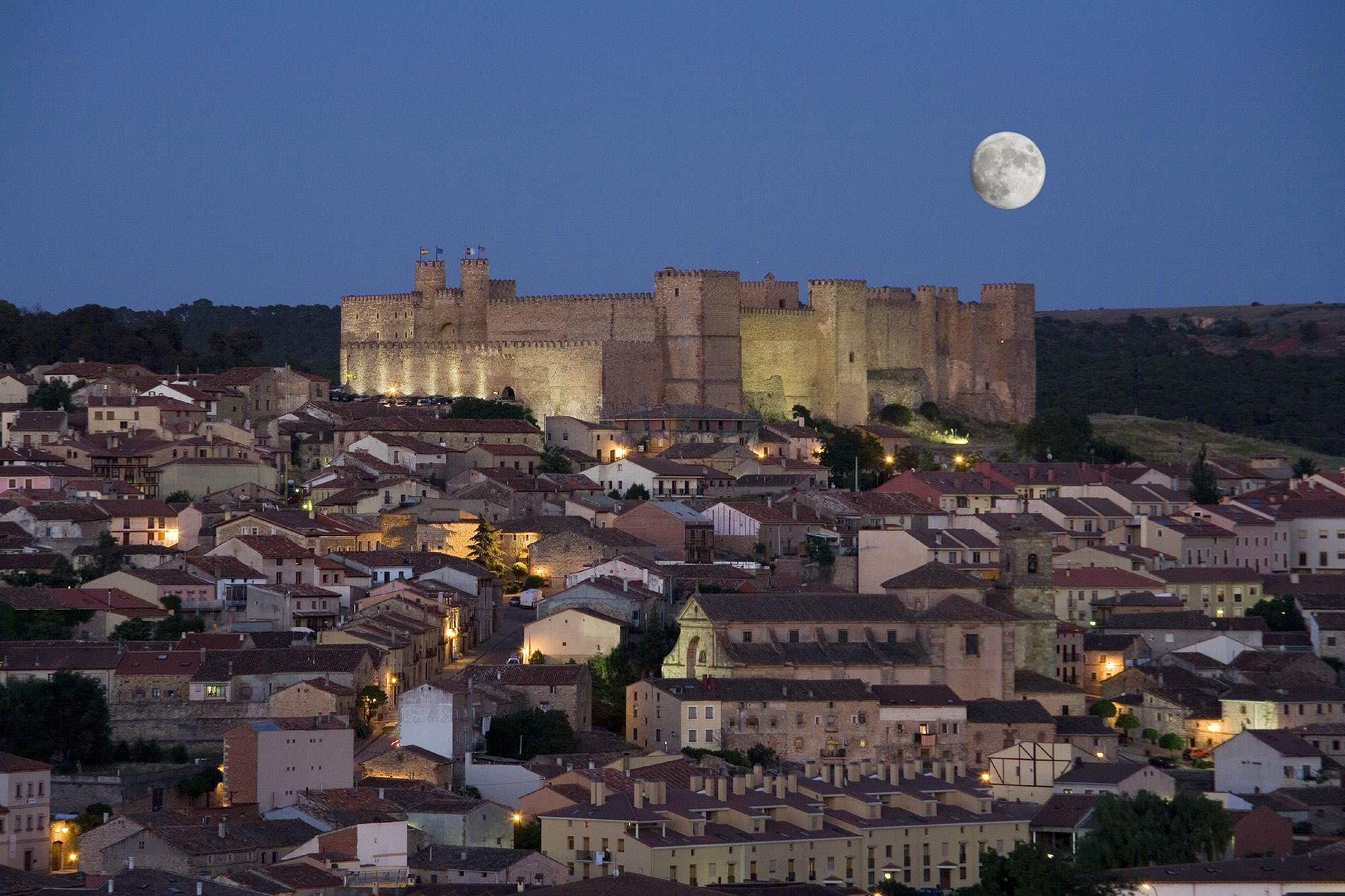
Arrive in Madrid in the morning or early afternoon if possible. Pick up your rental car or take a direct train (about two hours) to Sigüenza, a charming hill town in northern Castilla-La Mancha. Check into the Parador de Sigüenza, a majestic 12th-century castle that overlooks the town. Take a leisurely walk through the old town, visit the Sigüenza Cathedral, wander the cobbled streets and stop for a coffee in the Plaza Mayor.
Sleeping in an actual medieval fortress sets the tone for the entire trip. The Parador retains its grand halls, stone walls and commanding views while offering all modern comforts. It's a true step-back-in-time experience with the added pleasure of good wine and warm hospitality.
Insider tips: Request a room with a view over the valley. Some rooms have original stone features and exposed wooden beams. The Parador’s restaurant serves regional specialties, and the roast kid (cabrito) and Castilian garlic soup are both excellent choices. If you have extra energy, consider a short drive to the nearby Roman ruins of Segontia. Otherwise, relax in the Parador’s cloister courtyard with a drink as the sun sets.
Day 2: Explore Sigüenza and relax at the parador
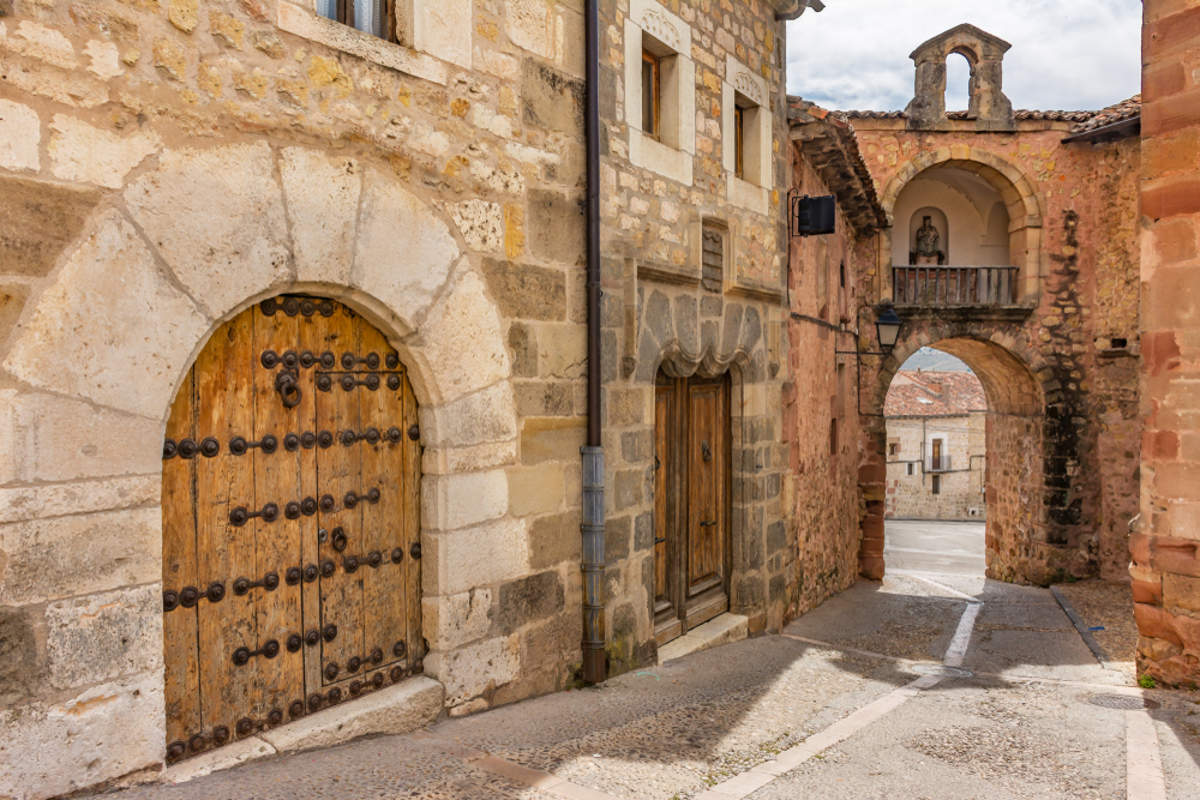
Spend the day exploring Sigüenza at a relaxed pace. Start with a deeper visit to the Sigüenza Cathedral, which blends Romanesque, Gothic and Baroque styles and includes the tomb of Martín Vázquez de Arce, known as “El Doncel.” Walk the quiet medieval streets. Take time to visit the Casa del Doncel, a nobleman's home turned museum that offers insight into local life in the 15th century. Enjoy a slow lunch in town or return to Parador’s restaurant for regional cuisine. In the afternoon, relax on the Parador’s terrace. Or take a scenic drive to the nearby Barranco del Río Dulce Natural Park, where cliffs and ravines provide excellent photo opportunities and peaceful walking trails.
Sigüenza feels untouched by time. With its fortress-castle, hotel, Gothic cathedral and narrow stone lanes, the town is both atmospheric and uncrowded. It offers a perfect introduction to Castilian heritage without the tourist crowds, making it easy to sink into the rhythm of local life.
Insider tips: Visit the cathedral early in the morning when it is quiet and light pours through the stained glass. The Parador’s breakfast is excellent and worth lingering over. If you're a nature lover, pack a small picnic and spend part of your afternoon walking along the trails in the nearby nature reserve. For dinner, ask the Parador staff for wine pairings from the region to complement the traditional dishes.
Day 3: Travel to Cuenca and settle into the parador
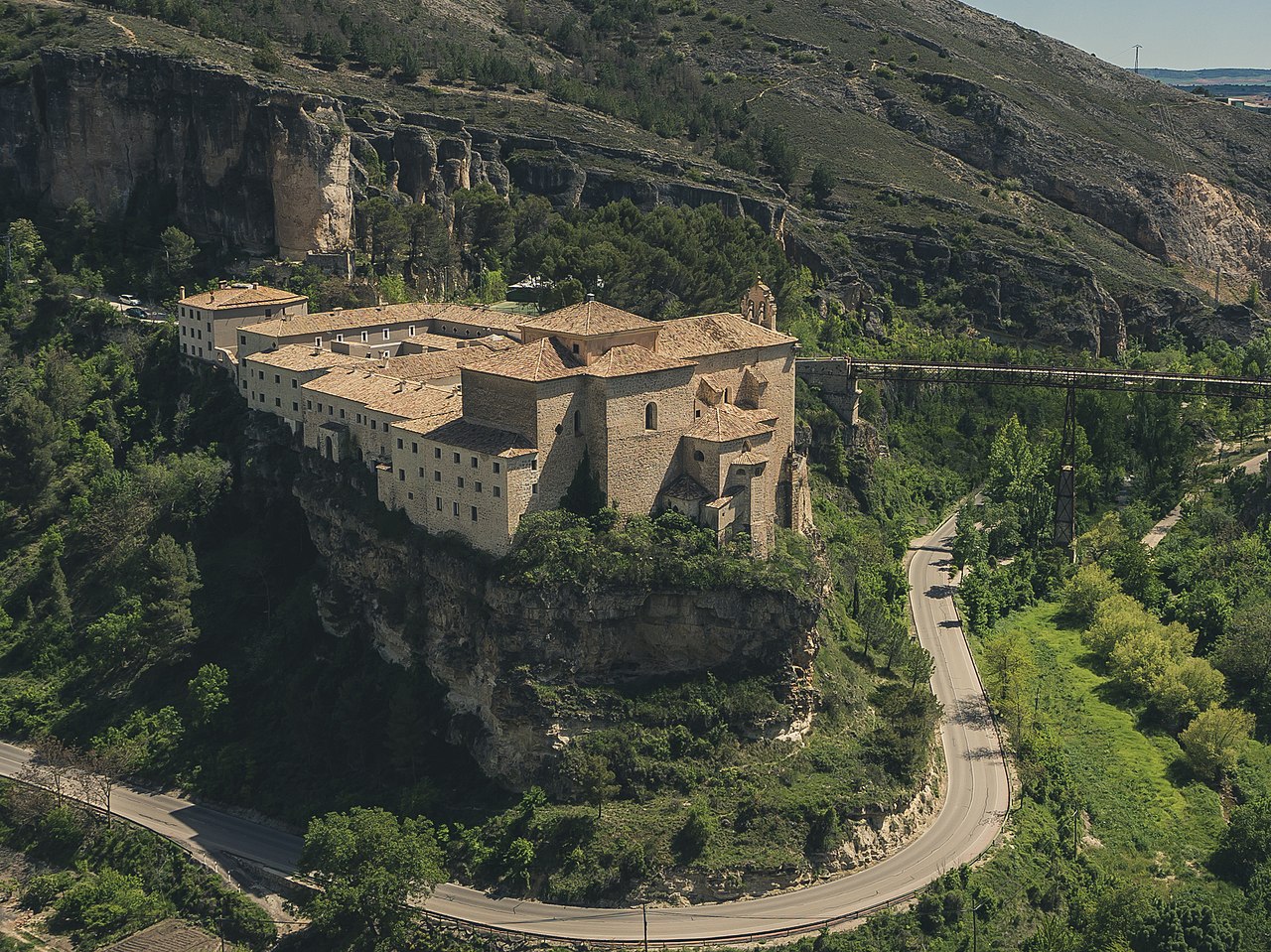
Depart Sigüenza in the morning for the drive to Cuenca (about 3.5 hours). The route winds through quiet countryside and small villages, making for a peaceful transition between regions. Arrive in Cuenca and check into the Parador de Cuenca, a beautifully restored 16th-century convent perched dramatically on a cliffside. Spend the afternoon exploring the UNESCO-listed old town, crossing the San Pablo Bridge for stunning views of the Casas Colgadas (hanging houses) that cling to the rock face. Visit the Museum of Spanish Abstract Art inside one of the hanging houses or stroll the narrow lanes to soak in the atmosphere.
Cuenca feels suspended in time — both literally and figuratively. The setting is dramatic, with canyons and cliffs surrounding the medieval city, and the Parador’s location above the gorge offers unmatched views. It’s a striking contrast to Sigüenza, blending raw natural beauty with thoughtful architecture and contemporary art.
Insider tips: Ask for a room facing the gorge for sunrise views. The San Pablo Bridge is a popular photo spot, but cross it early or in the evening for fewer crowds. The Parador’s terrace is an excellent place for an aperitif before dinner. For a unique treat, try the alajú, a traditional local dessert made with honey and nuts.
Day 4: Discover Cuenca and relax at the Parador
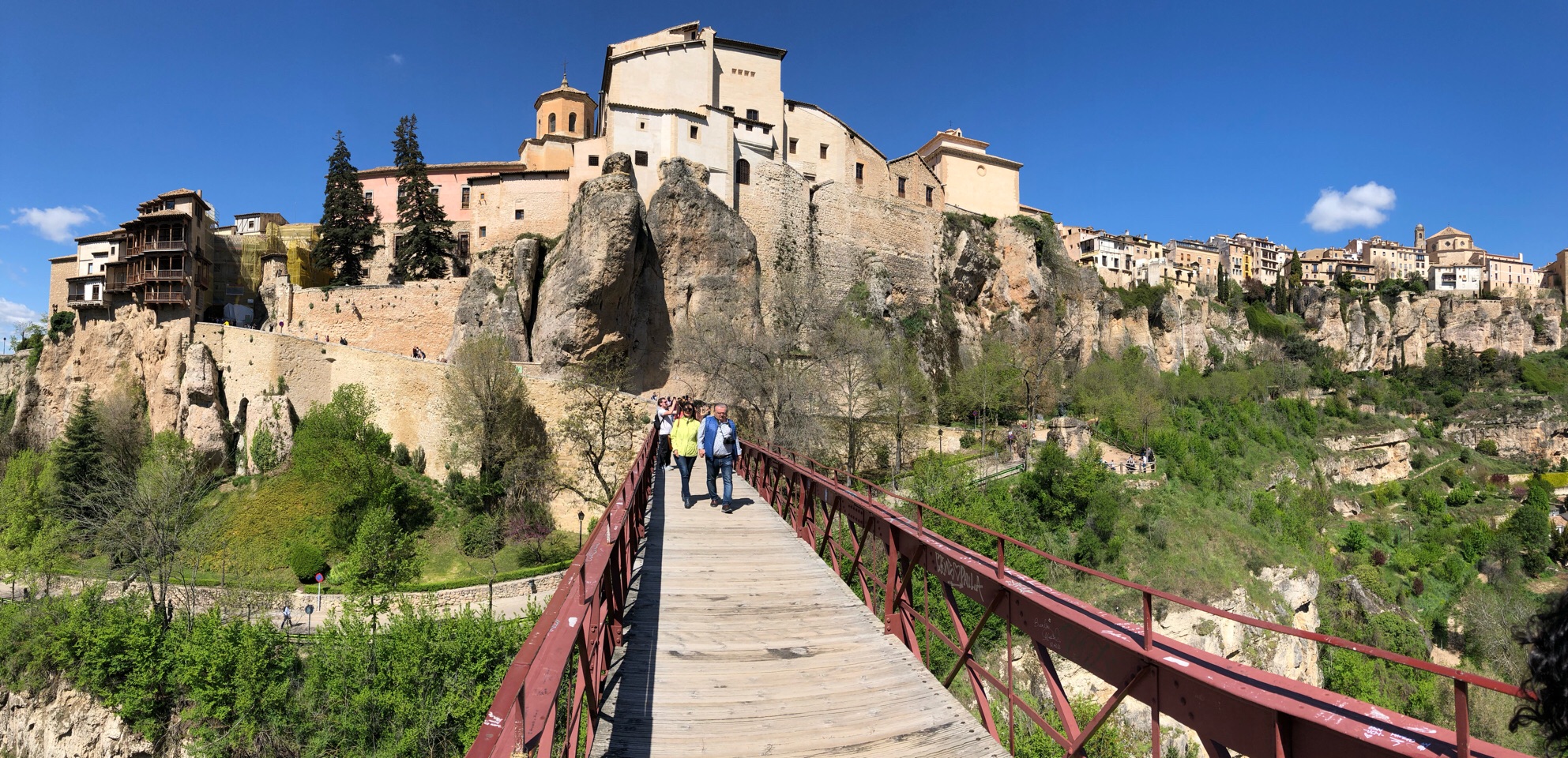
Spend the day exploring Cuenca at your own pace. Start with a morning visit to the Cuenca Cathedral. This is one of the earliest Gothic cathedrals in Spain, with beautiful stained glass and an unusual mix of architectural styles. Wander through the Museo de Cuenca to learn about the town’s Roman roots, or take your time visiting artisan shops and quiet plazas. In the afternoon, walk down into the Huécar River gorge for a different perspective of the city above, or hike one of the scenic trails nearby. Return to the Parador for a leisurely evening — enjoy local Manchego cheese, cured meats and a glass of wine on the terrace.
Cuenca is one of those rare cities where nature and architecture seem to embrace each other. Its hanging houses, carved into the cliffside, are an iconic Spanish image, and the town’s blend of Gothic, medieval and modern touches makes it feel both ancient and alive. Staying in a former convent right across from this view is an experience you can’t replicate anywhere else.
Insider tips: Visit the cathedral early in the day before tour groups arrive. If you enjoy contemporary art, don’t miss the Antonio Pérez Foundation — it’s quirky and tucked away, but worth the visit. For dinner, book a table in the Parador’s dining room. It offers regional dishes like morteruelo (a rich meat pâté) in a beautifully preserved setting with stone arches and candlelight.
Day 5: Travel to Toledo and settle into the parador
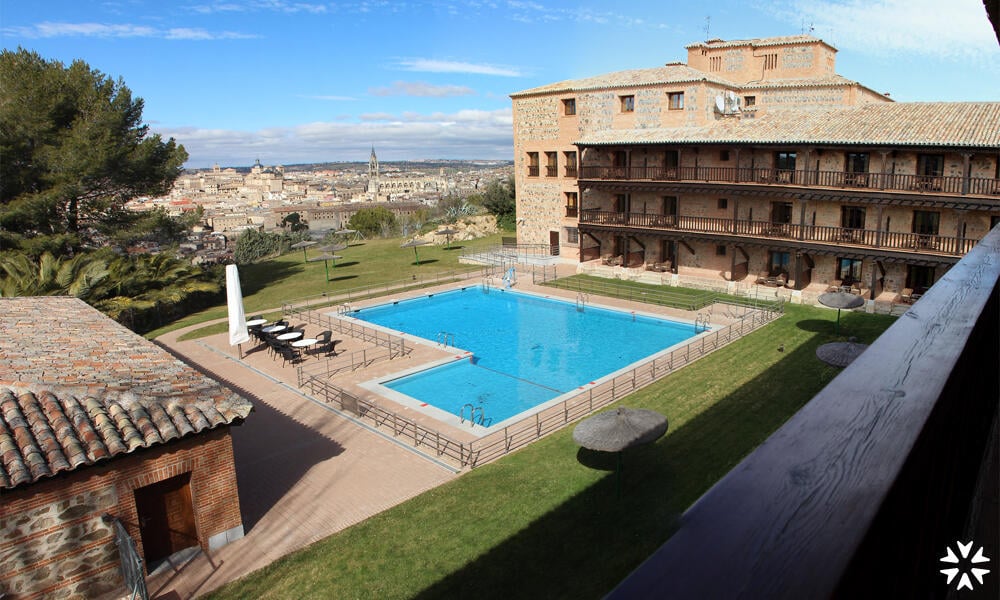
Depart Cuenca in the morning for the drive to Toledo (about 2.5 hours). As you approach, the city rises dramatically above the Tagus River, encircled by ancient walls. Check into the Parador de Toledo. It is set on a hillside across the river, offering one of the most breathtaking panoramic views of the historic city. Spend the afternoon exploring Toledo’s old town, starting with the Toledo Cathedral, one of Spain’s grandest Gothic churches. Stroll through narrow medieval streets, stopping at artisan shops and cafés.
Toledo was once a cultural crossroads for Christians, Jews and Muslims, and that layered heritage is still visible in its architecture, cuisine and art. The Parador’s view captures the city in its full glory, especially at sunset when the buildings glow gold above the river. It’s a postcard come to life — and your window into Spain’s complex past.
Insider tips: Ask for a room with a river or city view — sunrise and sunset from the Parador are unforgettable. If driving, park at the Parador and use taxis to avoid navigating Toledo’s narrow streets. For dinner, consider dining at the Parador. Or make a reservation at a local restaurant to try venado (venison) or partridge stew, both traditional Castilian dishes.
Day 6: Explore the historic heart of Toledo
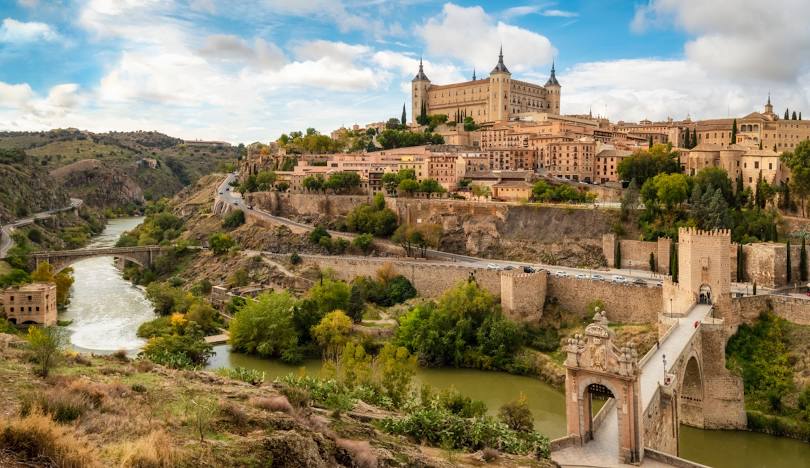
Spend the full day discovering the rich layers of Toledo, once known as the "City of Three Cultures" for its Christian, Jewish and Muslim influences. Begin with a guided visit to the Toledo Cathedral, a masterpiece of Gothic architecture with a treasury of art and relics. Continue to the El Greco Museum and the Church of Santo Tomé, home to his famous painting The Burial of the Count of Orgaz. Walk through the Jewish Quarter, visiting the Synagogue of Santa María la Blanca and the Monastery of San Juan de los Reyes. Pause for lunch at a local restaurant or return to the Parador to rest before heading out again in the late afternoon.
Toledo is a living museum, where every corner tells a story from a different era. Its hilltop setting, winding alleys and preserved buildings make it one of Spain’s most captivating cities. Exploring it at a relaxed pace allows you to soak in the details — from Arabic arches to medieval frescoes to artisanal sword shops.
Insider tips: Start early to avoid crowds and afternoon heat, especially in summer. Wear comfortable shoes — Toledo’s cobblestones are charming but steep. Try a local marzipan treat from a convent bakery. If you're feeling adventurous, take a short sunset walk to the Mirador del Valle for another stunning city view from across the river.
Day 7: Travel to Santiago de Compostela and check into the parador
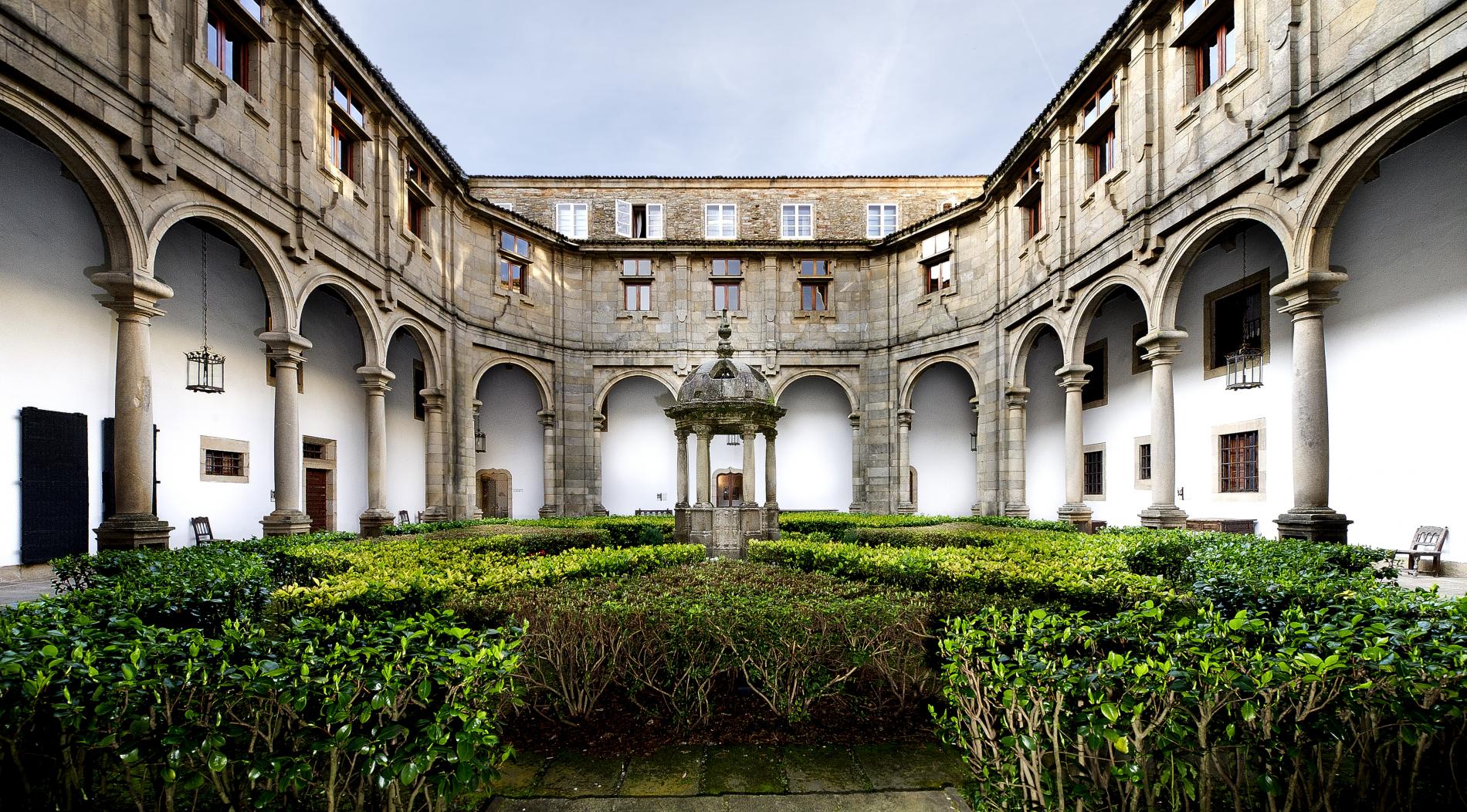
Today is a travel day as you make your way to Santiago de Compostela, the final and most iconic stop on your Parador journey. You can either fly from Madrid (after returning your rental car in Toledo or Madrid) or take the scenic high-speed train to Galicia. Upon arrival in Santiago, check into the legendary Parador de Santiago de Compostela, also known as Hostal dos Reis Católicos, located right on Praza do Obradoiro, beside the great cathedral. Take a slow walk through the old town’s arcaded streets. Enjoy the sound of bagpipes echoing off stone walls, and watch pilgrims arrive at the cathedral plaza after their long journey.
This Parador is more than just a hotel — it’s a piece of history. Founded in 1499 as a royal hospital for pilgrims, it’s considered the oldest operating hotel in the world. To end your trip here is to place yourself in the center of one of Spain’s most enduring spiritual and architectural wonders.
Insider tips: Request a room overlooking the cloister or the square for an unforgettable experience. The Parador’s restaurant offers elegant Galician cuisine, including pulpo a la gallega (octopus with paprika and olive oil) and tarta de Santiago (almond cake). In the evening, sit in the square and listen to the musicians while the cathedral is illuminated — it’s one of Spain’s most magical settings.
Day 8: Discover Santiago de Compostela
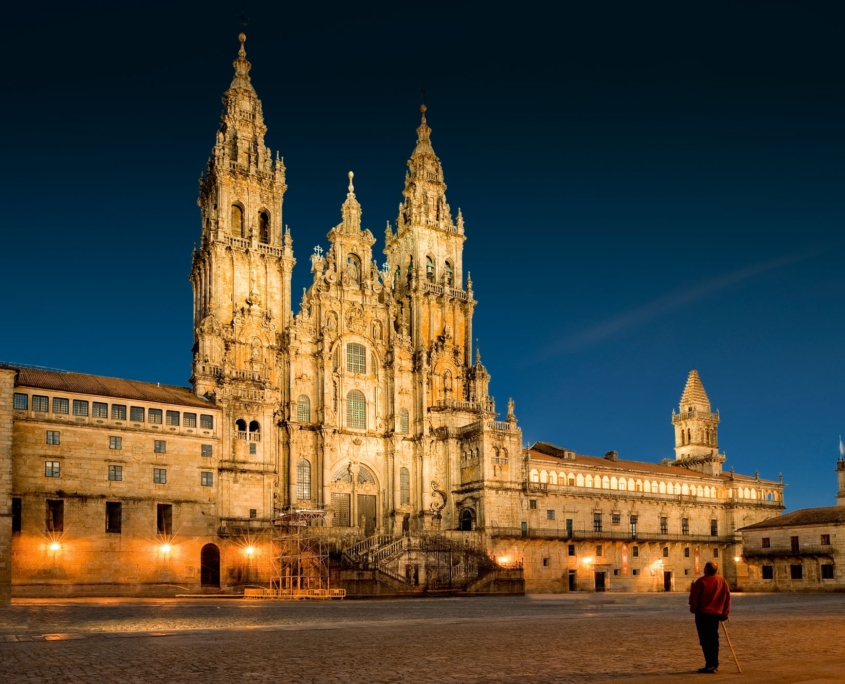
Spend the day immersing yourself in the spiritual and cultural heart of Galicia. Begin with a visit to the Cathedral of Santiago de Compostela, the final destination of the Camino and the resting place of Saint James. Climb to the cathedral roof for panoramic views and take the guided rooftop and museum tour for a deeper insight into its history. Wander through the old town’s stone arcades, visit the Monastery of San Martín Pinario and explore local artisan shops. Enjoy a long lunch at a traditional Galician tavern featuring empanada gallega, fresh seafood and a glass of crisp Albariño wine. In the afternoon, walk through the Parque da Alameda for classic views of the cathedral towers and locals strolling through the gardens.
Santiago is more than just a pilgrimage destination — it’s a city full of living tradition, sacred architecture and warm hospitality. Its stone streets echo with centuries of footsteps, and the energy in Praza do Obradoiro as pilgrims arrive is truly moving. Staying right in the heart of it all makes your experience both peaceful and powerful.
Insider tips: Time your cathedral visit for the Pilgrim’s Mass. If you're lucky, you may see the botafumeiro swing — an enormous incense burner that flies through the cathedral. For something unique, join a Galician cooking class or book a guided tapas walk in the evening. Before bed, enjoy a nightcap in the Parador’s cloister or lounge, where the atmosphere is as grand as the history.
Day 9: Savor Santiago or take a day trip to the coast
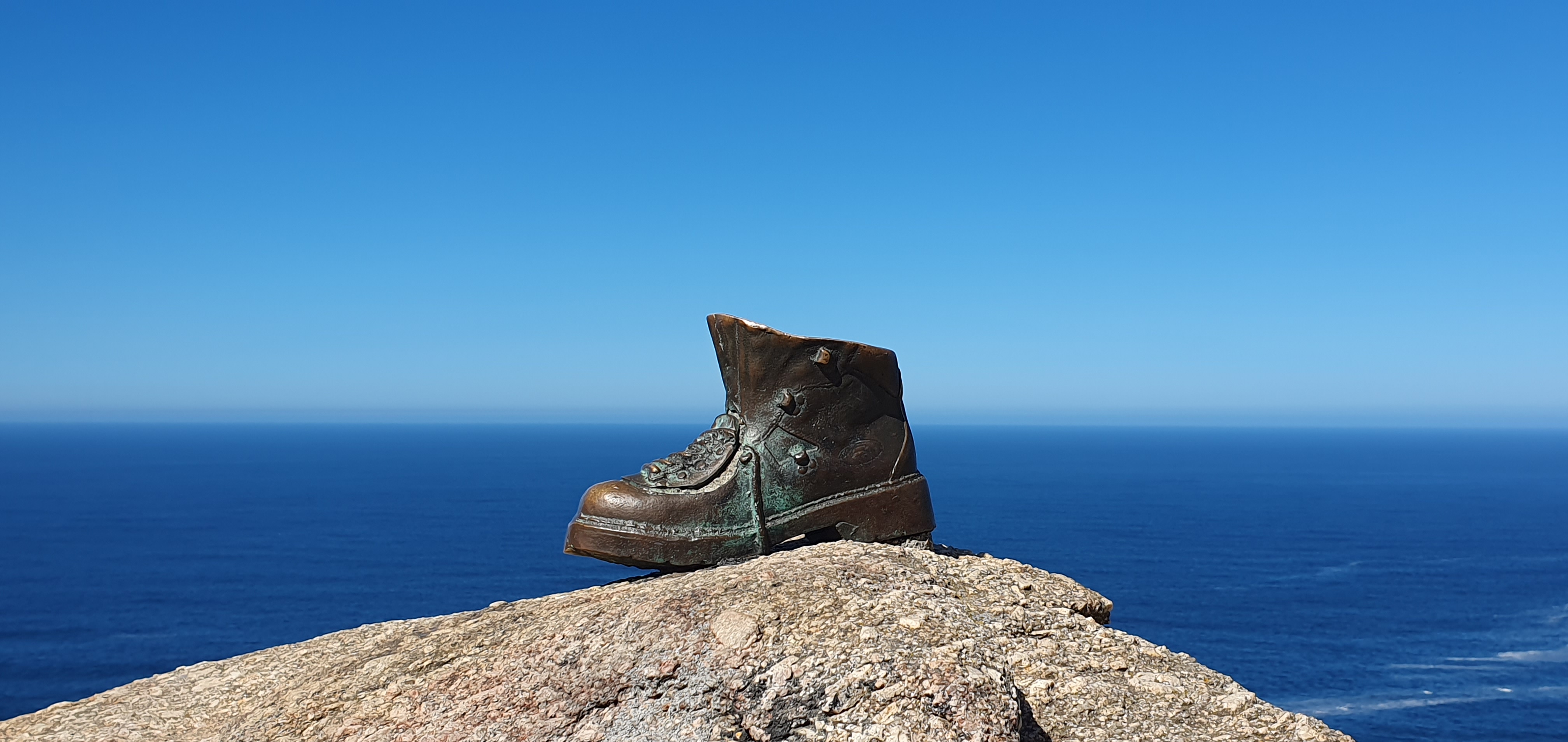
Choose how you'd like to spend your final full day. You can stay in Santiago de Compostela. Dive deeper into its cultural corners — visit the Museo do Pobo Galego for insight into Galician traditions or explore the market at Mercado de Abastos, where locals shop for fresh seafood and regional delicacies. Alternatively, take a day trip to the coast, such as to Cape Finisterre, once believed to be the "end of the world," or the fishing village of Muros, known for its stone arcades and fresh octopus. Return to Santiago for one last evening stroll through Praza do Obradoiro.
After days spent exploring Spain's interior, reaching the wild Atlantic coast offers a powerful contrast — craggy shores, windswept cliffs and stories of pilgrims who continued beyond the cathedral to the sea. Whether you stay in the city or venture outward, today is a chance to reflect, unwind and celebrate the journey.
Insider tips: If heading to Finisterre, consider hiring a private driver or joining a small-group tour to enjoy the scenery without the stress of rural roads. Back in Santiago, don’t miss a casual Galician seafood dinner — zamburiñas (small scallops) and razor clams are local favorites. For a meaningful keepsake, visit a silversmith’s workshop and pick up a handcrafted scallop shell pendant, the symbol of the Camino.
Day 10: Departure from Santiago de Compostela
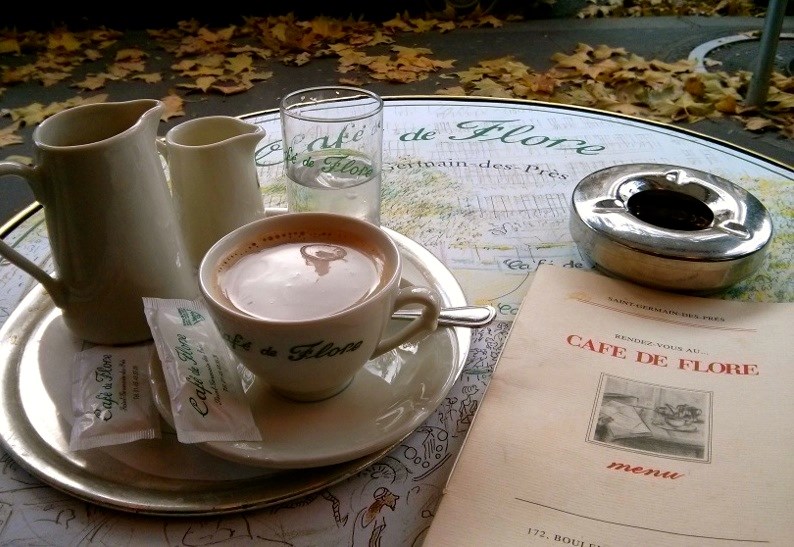
Enjoy a quiet final morning in Santiago de Compostela. Savor a leisurely breakfast in the Parador’s cloister or have a final stroll through the Praza do Obradoiro, watching new pilgrims arrive. Depending on your schedule, you might squeeze in one last visit to a local café or shop for a meaningful souvenir. Depart from Santiago Airport, or connect via train or domestic flight back to Madrid or your next destination.
The journey ends not just at a destination, but at a place of deep meaning. After exploring Spain’s castles, cliffs and cathedrals, departing from Santiago feels more like a gentle farewell than a rushed goodbye. It's a moment to reflect on how far you’ve traveled — across regions, centuries and stories.
Insider tips: If you have time, grab a final tarta de Santiago and a coffee at Café Literarios, overlooking the cathedral square. The airport is small and efficient, but arrive at least 90 minutes early. If returning to Madrid, a quick flight is usually easier than the long train ride. For a lasting memory, mail yourself a postcard from Santiago’s historic post office — one final echo of the path you’ve walked.
Need to know
Packing: Bring comfortable walking shoes with good grip for cobblestone streets. Pack layers for changing weather and at least one smart-casual outfit for dining in Parador restaurants.
Language: While English is spoken in most hotels, smaller towns may be more Spanish-speaking. Learning a few phrases (like gracias, por favor, and la cuenta, por favor) goes a long way.
Driving: Spanish highways are well-maintained and easy to navigate, but older town centers can be tight and tricky to park in. Many Paradors offer on-site or nearby parking — reserve in advance when possible.
Booking paradors: Book early, especially for Santiago and Toledo, which fill up fast in peak seasons. Consider joining the official Paradores loyalty program for occasional perks.
Dining hours: Restaurants in Spain typically open for lunch around 1:30–3:30 pm and for dinner after 8 pm. Paradors usually offer excellent regional menus with local wine pairings.
Cultural etiquette: Respect siesta times in small towns — some shops close in the afternoon. In churches and cathedrals, dress modestly and speak quietly.
Connectivity: Wi-Fi is widely available, but signal strength may vary in older buildings. Download offline maps and key info in advance, especially for road days.
Souvenirs to consider: Olive oil, local wine, handmade ceramics, marzipan from Toledo and a silver scallop shell from Santiago are all meaningful and portable gifts.

Travel Advisor
Jane Hermstedt

Get in touch with Jane
Did you like this guide? Reach out to customize and book your own experience. Or, just to chat about travel in general.
You can expect a response from Jane within 1–2 business days. You’ll also be subscribed to our traveler newsletter (you can unsubscribe at any time).
For more inspiration and insider recommendations, check out our Spain page.